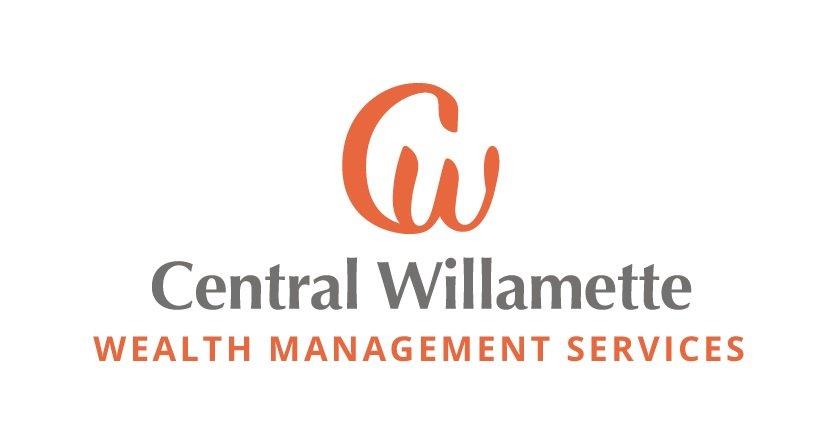CONTACT US
Enter your Name, Email Address and a short message. We'll respond to you as soon as possible.


Aaron Wolgamott
Financial Advisor
Central Willamette Wealth Management Services
Located at Central Willamette Credit Union
645 Waverly Drive SE, Albany, OR 97322
Phone: 541-918-7553
Email: aaron.wolgamott@lpl.com

Split interest trusts are created to provide for both charitable and non-charitable beneficiaries. Donors can support an organization or a cause while still arranging for themselves or their loved ones to benefit from the assets placed in the trust.
542810-6
Enter your Name, Email Address and a short message. We'll respond to you as soon as possible.
Aaron Wolgamott is a financial advisor with, and securities and advisory services are offered through LPL Financial (LPL), a registered investment advisor and broker-dealer (member FINRA/SIPC). Insurance products are offered through LPL or its licensed affiliates. Central Willamette Credit Union and Central Willamette Wealth Management Services are not registered as a broker/dealer or investment advisor. Registered representatives of LPL offer products and services using Central Willamette Wealth Management Services, and may also be employees of Central Willamette Credit Union. These products and services are being offered through LPL or its affiliates, which are separate entities from and not affiliates of, Central Willamette Credit Union or Central Willamette Wealth Management Services. Securities and insurance offered through LPL or its affiliates are:

The information and opinions contained in this web site are obtained from sources believed to be reliable, but their accuracy cannot be guaranteed. The publishers assume no responsibility for errors and omissions or for any damages resulting from the use of the published information. This web site is published with the understanding that it does not render legal, accounting, financial, or other professional advice. Whole or partial reproduction of this web site is forbidden without the written permission of the publisher.